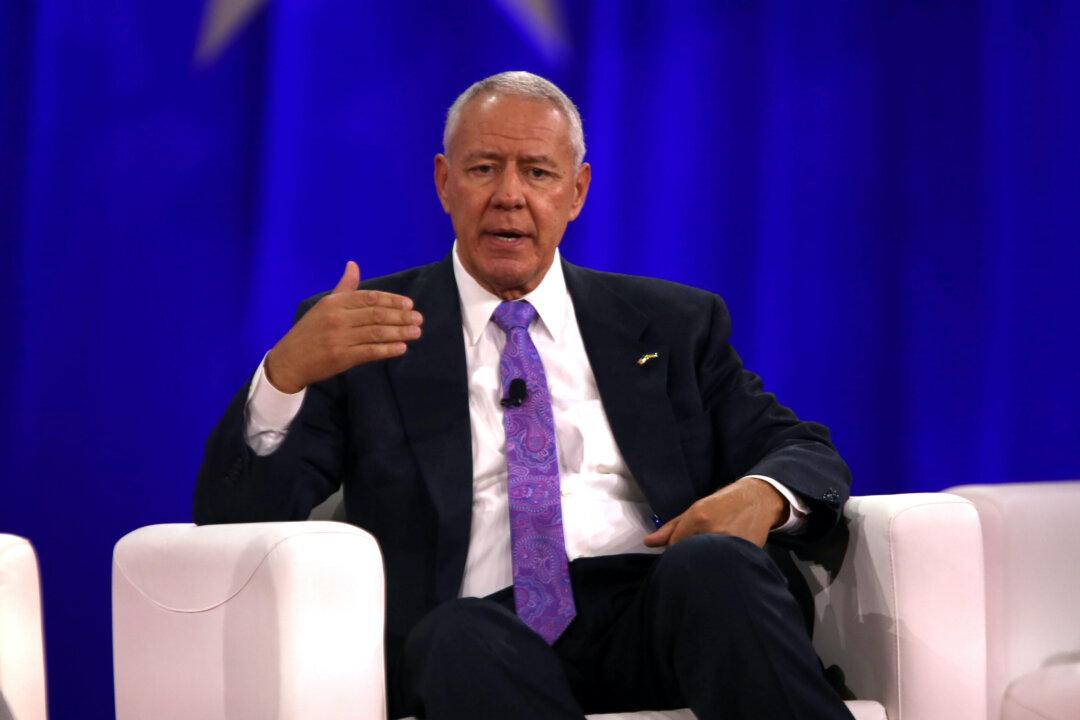In response to plunging test scores that have been made worse by the pandemic, states across the country have been implementing school choice reforms that are making public funding of schools portable.
In October 2022, the National Assessment of Educational Progress, informally known as the “nation’s report card,” revealed that test scores nationwide have plunged to the lowest levels in the last 30 years in reading, while recording the biggest drop ever in math since the assessments began in 1990.





